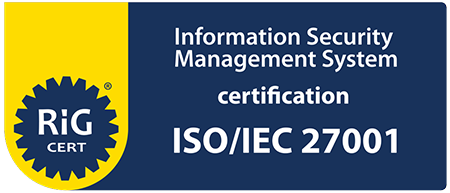Building a feedback culture in an organization is not an easy and fast process. It requires consistency, investment, and time. But, on the other hand, it pays off with the resilience and flexibility of the company in emergency situations and, of course, higher employee commitment, motivation, and trust.
Therefore, when it comes to feedback in the workplace, we are always talking about a process, not a one-off event that we undertake as a part of our organizational development strategy. There are many ways and a variety of digital tools to effectively collect information about the opinions and attitudes of our employees. In this article, we will have a look at the most widely used among them, focusing on when and how often they are recommended to be held to achieve optimal results against the investment.
Pulse Check Survey
The COVID-19 crisis and the remote working have accelerated the demand and use of digital tools for micro feedback a.k.a Pulse Check surveys. They are highly effective when you need to collect quick feedback from your employees in order to track the development of specific indicators such as employees' well-being, commitment, or opinion on a particular issue. This type of research provides invaluable support to team leaders in distant working mode, helping them overcome the challenges of remote leadership. Pulse Check surveys are anonymous, short, and easy for employees to complete. They usually contain between 2 and 4 questions, which are asked every week in order to monitor the development of the required indicator and allow real-time result tracking. Micro feedback tools are successfully used to measure the resilience of corporate values over time, the attitude of employees towards these specific values, and to periodically remind the people in the company of them.
Employee Opinion Survey
This digital tool allows the examination of employees' satisfaction and enhances the identification of problem areas in the organization. Employee Opinion Survey will be helpful when management requires you to regularly research and analyze attitudes, opinions, and expectations of employees in the company in particular areas of evaluation, such as working conditions, motivation, communication, training, development opportunities, etc. There are more questions included in the questionnaire, as it is a more in-depth research. The frequency of its conduction largely depends on the specific field of activity of the company. Usually, the study is held every 12 months to get regular enough feedback on the topics that employees in the organization are most excited about. All this in the form of specific facts. A variety of this type of tool is the so-called "Change Indicator." You can effectively track how the ongoing changes are perceived by employees and where there are obstacles to their implementation.
360° Feedback Survey
This is one of the most in-depth studies that can provide you with valuable feedback from various perspectives when you need to explore the potential of your managers and employees and help each of them identify its strengths and improve its development in the company. Unfortunately, employees often do not receive systematic information about their performance and the perceptions of their colleagues and managers towards them. This leads to a number of problems that can be effectively addressed by using this digital tool, preferably (at least) once a yearand thus reducing the risk of not noticing the potential or the possible problems in the work of individual employees. In addition, the 360-degree survey is another method to create and maintain an "alive" feedback culture in the company.




